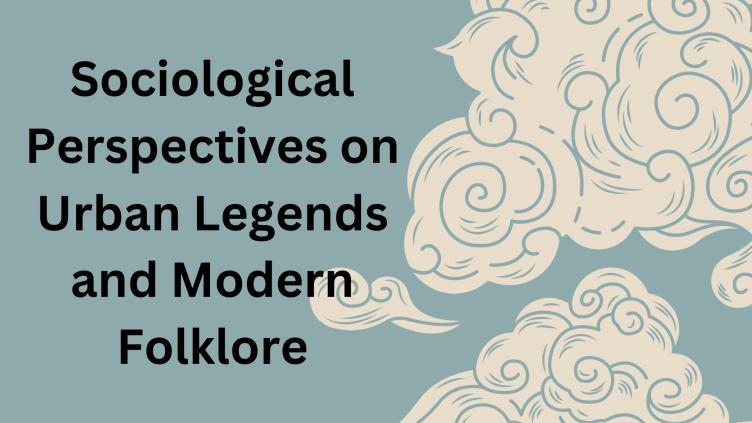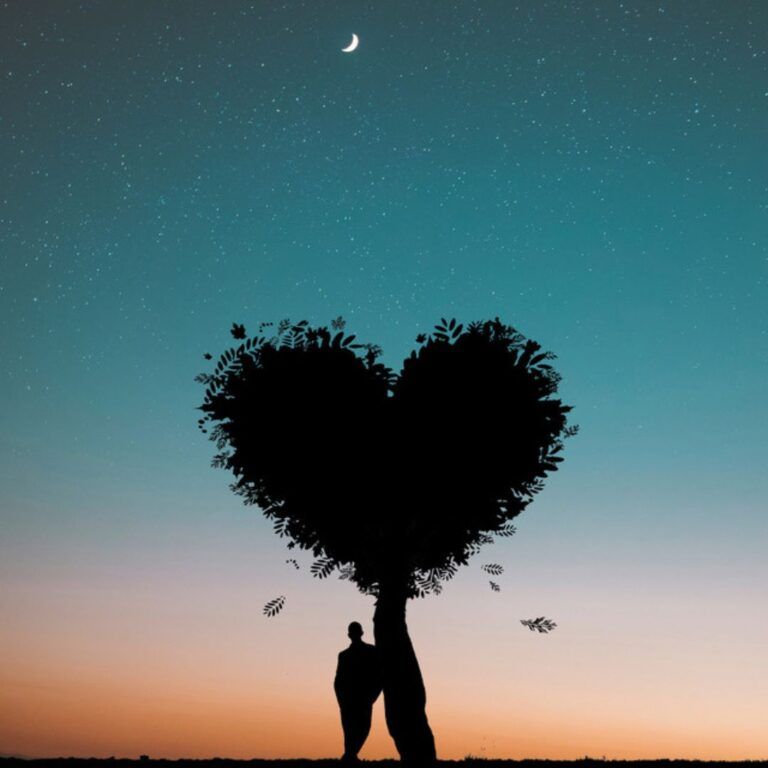Urban legends and modern folklore have long fascinated society. They are the whispers in the dark, the tales told around campfires, and the stories that circulate in our digital age. But beyond their surface-level intrigue, urban legends and modern folklore offer profound insights into our collective psyche, cultural values, and social structures. Let’s dive into this fascinating topic from a sociological perspective and understand why these stories continue to thrive in our modern world.
What Are Urban Legends and Modern Folklore?
Urban legends are contemporary tales often believed to be true, despite their lack of verification. They spread through word of mouth, the internet, and other forms of media. These stories often involve unusual, eerie, or humorous events and typically reflect societal fears and anxieties.
Modern folklore encompasses a broader range of stories, including myths, legends, and traditional narratives that have adapted to contemporary contexts. Unlike urban legends, which are often rooted in specific incidents, modern folklore can include everything from internet memes to conspiracy theories.
The Sociological Significance of Urban Legends and Modern Folklore
- Reflecting Societal Fears and Anxieties Urban legends often mirror the collective fears of a society. For example, the infamous “Kidney Heist” legend, where a traveler wakes up in a bathtub of ice missing a kidney, reflects anxieties about globalization, organ trafficking, and the vulnerability of the individual in an increasingly interconnected world.
During the early days of the COVID-19 pandemic, a surge of modern folklore and urban legends emerged, ranging from bizarre cures to conspiracy theories about the virus’s origin. These stories reflected widespread fear and uncertainty, as well as a search for meaning in an unprecedented global crisis. - Maintaining Social Norms and Values Many urban legends carry moral lessons or warnings. The classic “Hookman” story, where a couple hears about an escaped murderer while parked in a secluded spot, serves as a cautionary tale about the dangers of youthful indiscretions. By embedding moral messages in captivating narratives, these stories reinforce societal norms and values.
Similarly, modern folklore like internet challenges (e.g., the Tide Pod Challenge) often highlight the dangers of risky behavior, indirectly promoting safety and responsibility among impressionable audiences. - Fostering Community and Identity Sharing urban legends and folklore can create a sense of belonging and community. These stories often circulate within specific groups, fostering a shared identity and collective memory. For instance, ghost stories and local legends often become a part of a community’s cultural heritage, passed down through generations.
In the digital age, online communities form around shared interests and narratives, from conspiracy theories to fan fiction. These modern folktales create virtual bonds and identities, demonstrating how folklore evolves with technology. - Challenging Authority and the Status Quo Some urban legends and modern folklore serve as forms of resistance against authority or societal norms. For example, conspiracy theories often challenge official narratives and question the legitimacy of those in power. The legend of the “Illuminati” controlling world events reflects deep-seated suspicions about elite control and manipulation.
This can be seen in the rise of movements like QAnon, which blends conspiracy theories with modern folklore, creating a narrative that challenges political and social institutions.
Examples of Urban Legends and Modern Folklore
The Vanishing Hitchhiker This classic urban legend involves a driver who picks up a hitchhiker, only for the passenger to disappear without a trace. This story taps into fears about trusting strangers and the unknown, and it has been adapted into countless variations worldwide.
Slender Man Originating from an internet meme, Slender Man has become a modern folklore figure. This tall, faceless entity preys on children and has inspired various forms of media, including video games and movies. The story reflects contemporary anxieties about technology, the internet, and the safety of children.
The Momo Challenge This recent phenomenon involved a creepy character named Momo allegedly encouraging children to perform dangerous tasks via social media. While largely debunked, the Momo Challenge highlighted parental fears about internet safety and the influence of digital media on youth.
The Legend of Polybius According to legend, Polybius was an arcade game in the early 1980s that caused psychological effects in players and was part of a government experiment. Though there’s no evidence the game existed, the story reflects fears of government control and the potential dangers of technology.
The Evolution and Adaptation of Folklore in the Digital Age
Urban legends and modern folklore have not only persisted but also thrived in the digital age. The internet has become a fertile ground for these stories, allowing them to spread rapidly and evolve. Social media platforms, online forums, and content-sharing sites like Reddit and YouTube play a crucial role in the dissemination and transformation of these narratives.
- Virality and Speed The internet allows urban legends and modern folklore to reach a global audience almost instantly. The rapid spread of stories like “The Blue Whale Challenge” – a purported online game that led to self-harm – demonstrates how quickly modern folklore can gain traction and incite real-world concern.
- User-Generated Content The participatory nature of the internet means that users can create, adapt, and share their versions of urban legends. Creepypasta, a genre of user-generated horror stories, exemplifies this trend. Stories like “Jeff the Killer” and “The Russian Sleep Experiment” have become part of internet folklore, showcasing how traditional storytelling adapts to digital platforms.
- Blurring the Lines Between Fact and Fiction The internet often blurs the lines between reality and fiction, making it harder to distinguish between verified information and urban legends. This ambiguity can enhance the appeal of these stories, as the uncertainty adds to their mystique. However, it also poses challenges, as misinformation can spread easily and have real-world consequences.
- Digital Communities and Subcultures Online communities and subcultures form around shared narratives, creating virtual spaces where folklore can thrive. The “creepypasta” community, for example, has its own culture, language, and traditions. These digital communities function similarly to traditional folklore circles, fostering a sense of identity and belonging.
The Future of Urban Legends and Modern Folklore
As technology continues to evolve, so too will the ways we create, share, and interpret urban legends and modern folklore. Virtual reality, augmented reality, and artificial intelligence have the potential to transform storytelling, making these narratives even more immersive and interactive.
However, the core elements of urban legends and modern folklore – reflecting societal fears, maintaining social norms, fostering community, and challenging authority – are likely to remain constant. These stories will continue to offer valuable insights into our collective psyche and the social dynamics of our time.
In conclusion, urban legends and modern folklore are more than just entertaining tales; they are a window into our deepest fears, values, and social structures. By studying these narratives, sociologists can gain a better understanding of the human experience and the ever-evolving cultural landscape. So, the next time you hear an eerie story or stumble upon a bizarre internet meme, remember that there’s often more to these tales than meets the eye. They are the modern echoes of ancient storytelling traditions, reflecting and shaping the world we live in today.







